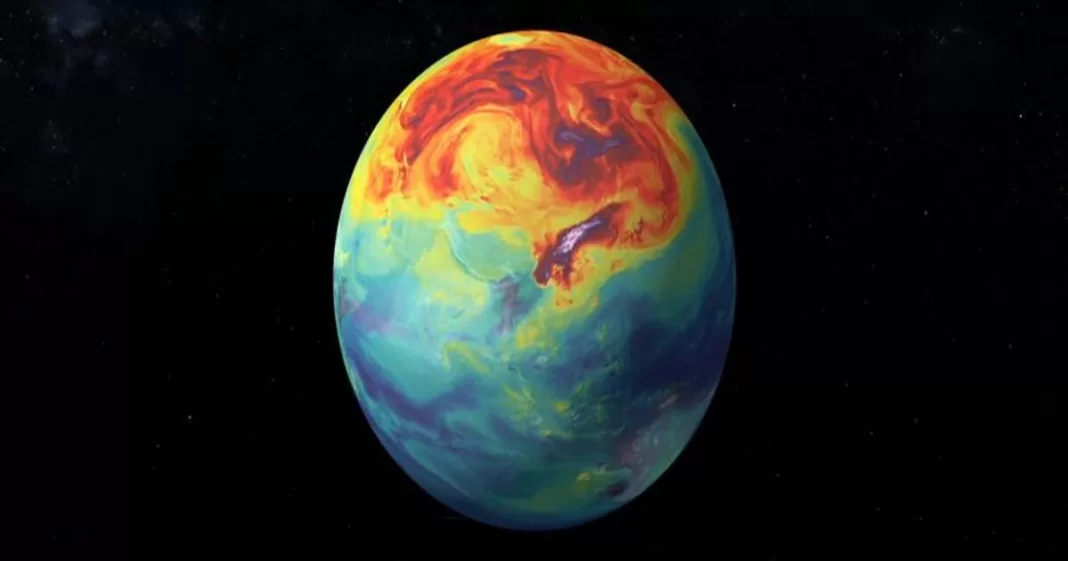In a groundbreaking study, researchers from the University of Geneva (UNIGE) collaborated with France’s CNRS laboratories to simulate the various stages of a runaway greenhouse effect on Earth. The results indicate that a modest temperature increase of just a few dozen degrees has the potential to metamorphose our cherished blue planet into an inhospitable realm reminiscent of the harsh conditions on Venus. This unsettling revelation highlights the pressing need for immediate climate action and prompts contemplation on the future habitability of Earth.
Understanding the Greenhouse Effect
The greenhouse effect functions as a natural mechanism where specific gasses within Earth’s atmosphere capture and retain the Sun’s heat, thereby sustaining a temperature conducive to life. Although certain greenhouse gasses occur organically, human activities, notably the combustion of fossil fuels, contribute to the emission of additional gasses such as carbon dioxide. These emissions serve to accentuate the greenhouse effect, resulting in an observable imbalance in the Earth’s climate.
Read More: Plans approved to launch and fund a climate action program at COP28
Simulating the Runaway Greenhouse Effect
The collaborative study undertaken by UNIGE and CNRS was dedicated to simulating the runaway greenhouse effect, an alarming scenario induced by a substantial rise in solar irradiation. The researchers observed that, right from the initial phases of this phenomenon, there were profound alterations in atmospheric structure and cloud coverage, resulting in a nearly inexorable and intricate runaway effect. The principal objective of the study was to craft a tool for investigating climatic conditions on other celestial bodies, particularly exoplanets. Simultaneously, it aimed to provide insights into the potential hazards Earth may encounter in the ensuing centuries.
Stark Contrast
The researchers emphasized the stark difference between Earth, adorned with oceans and teeming with life, and Venus, a barren and scorching planet with surface temperatures reaching an average of 464 degrees Celsius. Despite the apparent dissimilarity, the study warned that a minimal increase in solar irradiation, resulting in a temperature rise of just a few tens of degrees, could push Earth past an irreversible threshold, rendering it as inhospitable as Venus.
Historical Perspective
While the concept of a runaway greenhouse effect is not new, the study delves into the specifics of this phenomenon. It envisions a planet transitioning from a temperate state, similar to Earth’s current conditions, to one with surface temperatures exceeding 1,000 degrees Celsius. The researchers highlighted the delicate balance of the greenhouse effect, acknowledging its necessity for maintaining Earth’s average temperature above freezing and preventing the planet from becoming an icy wasteland.
Read More: Greta Thunberg chants for Palestine at climate march
The study identified a critical threshold for water vapor, a natural greenhouse gas. Beyond this point, the planet loses its ability to cool down, leading to a chain reaction of events. Increased water vapor in the atmosphere intensifies the greenhouse effect, trapping heat like a suffocating blanket. The researchers warned that once this critical threshold is breached, the planet could experience the complete evaporation of oceans, with temperatures soaring to several hundred degrees.














